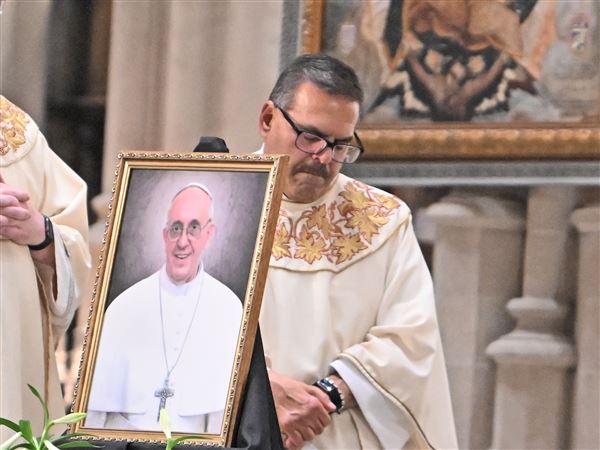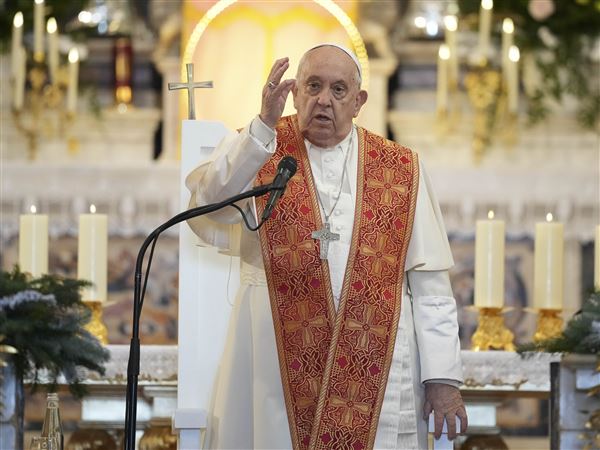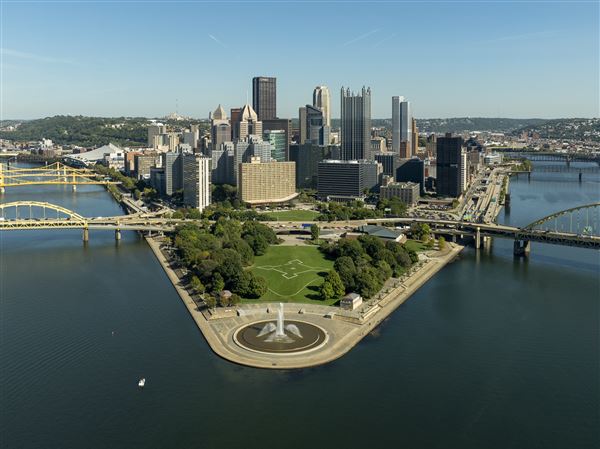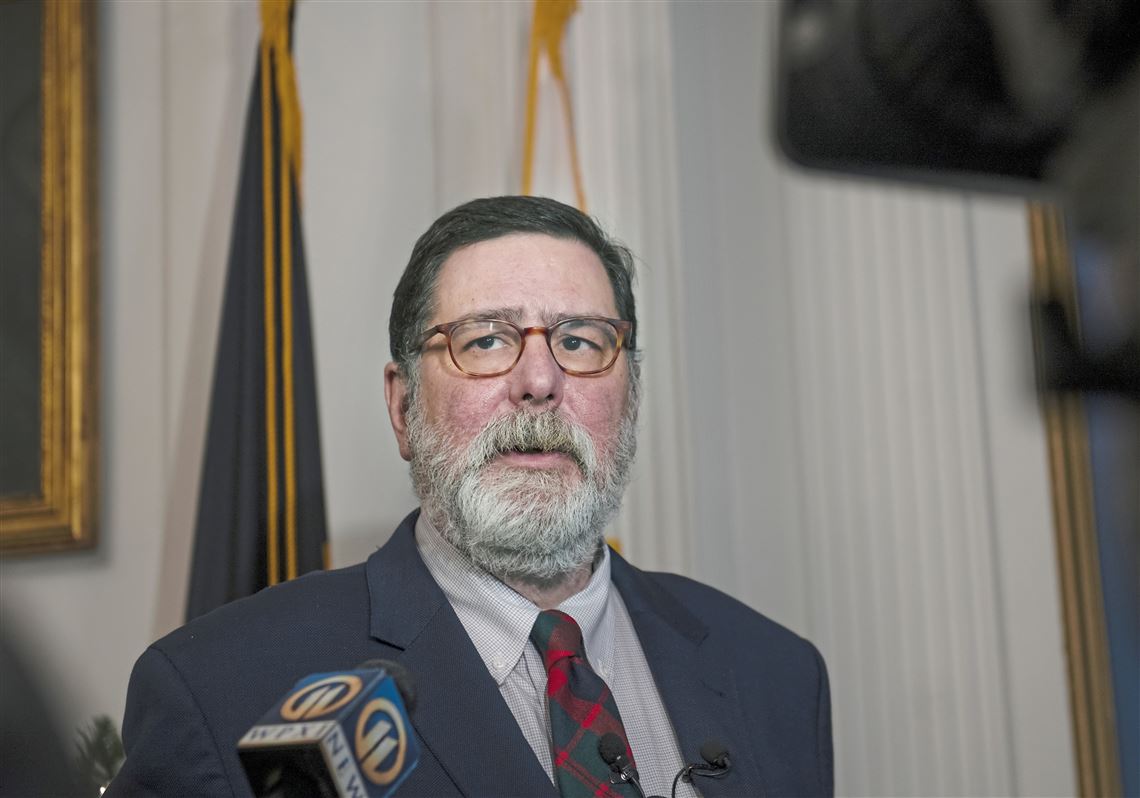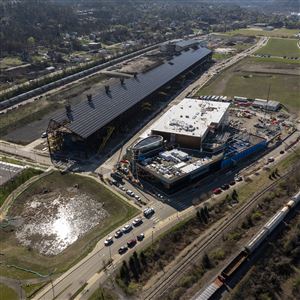A Post-Gazette investigation has affirmed what many observers suspected: The collapse of the Fern Hollow Bridge was foreseeable and preventable.
Even so, the city continues to withhold the full biannual inspection reports that are essential to understanding just how bad the bridge was and just how much the city knew.
City officials are concealing them for no good reason, aside from, possibly, covering their own incompetence and carelessness. Either way, in concealing these documents, they are giving rise to damning suspicions that may be unwarranted.
Security concerns — often cited in concealing such documents — are irrelevant now that the bridge has collapsed. There’s nothing to protect now except reputations.
Release the reports. Now.
The Fern Hollow Bridge was one of 22 city-owned bridges rated “poor,” a number that’s remained constant for a decade. Meanwhile, over that period, the state of Pennsylvania has repaired 90% of its “poor” bridges within city limits.
Over that 10 years of decrepitude, a support beam had been completely removed due to corrosion in 2019 after having been supplemented by steel cables that experts insist should have been a temporary fix. Even so, city officials didn’t express urgency about the state of the Fern Hollow Bridge to the Southwestern Pennsylvania Commission at the time.
The SPC is the regional planning agency that divvies up federal transportation dollars, part of the Byzantine and bureaucratic transportation approval and funding process.
And what did the city ask for? A complete replacement of the bridge — in the year 2033. It eventually settled for a cheaper rehabilitation in 2027-2028, five years after the bridge collapsed.
Either the city had received inaccurate inspection reports, or the city knew that the bridge was in dire condition but showed absolutely no urgency to fix it. Without the reports, however, no one knows.
The Post-Gazette’s investigation makes it clear that, for at least the last 15 years, the city failed to prioritize bridge repairs in its own budget. Making matters worse, city leaders have been ineffective advocates for city-owned infrastructure — and that means for the people of this city and region — in securing state and federal aid for projects.
That process needs reform, but that doesn’t excuse Pittsburgh’s laxity or even carelessness.
As Pennsylvania Department of Transportation’s acting executive deputy secretary Melissa Batula put it, “If the priority of the local community is to take care of their bridges, there are ways they can do it. They have to be willing to put their resources to them, too.”
The city can try to plead poverty, but that excuse only goes so far. City government has been fiscally stable, even running a surplus, since it emerged from Act 47 oversight in 2018 — a fact touted ad nauseum by former Mayor Bill Peduto. But as far back as 2014, Mr. Peduto’s first year in office, the city received a report that its funding of infrastructure, especially bridges, was woefully and dangerously inadequate.
But nothing changed. Eight years later, nearly two dozen bridges remained decrepit.
Now one of them lies at the bottom of a ravine.
Clarification: The Feb. 13 editorial “City must release bridge inspection reports — now” misstated the timeline of the City of Pittsburgh’s appeals to the Southwestern Pennsylvania Commission regarding the Fern Hollow Bridge. The city first approached the committee in 2018.
First Published: February 13, 2022, 10:30 a.m.
